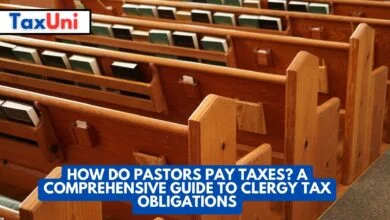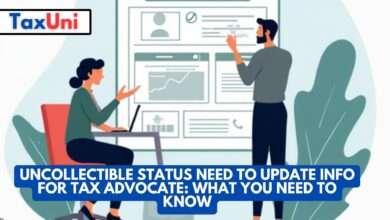How to Pay Ohio Estimated Taxes?
This article provides a comprehensive guide on making estimated payments in Ohio, including who needs to pay, how to calculate the payments, and the methods available for paying Ohio Estimated Taxes.

Contents
Paying Ohio Estimated Taxes is essential for individuals and businesses who expect to owe state income tax of $500 or more when their annual return is filed. By making estimated payments in Ohio, taxpayers can avoid underpayment penalties and manage their cash flow more effectively. This guide will walk you through the steps to calculate, pay, and manage your Ohio Estimated Tax Payment, ensuring you stay compliant with state tax laws and avoid any surprises at the end of the tax year.
Who Must Pay Ohio Estimated Taxes?
Individuals and businesses must make Ohio Estimated Tax Payments if they anticipate owing $500 or more in state income tax when they file their annual return. This includes self-employed individuals, freelancers, landlords, retirees, and anyone with significant income not subject to withholding. The estimated tax is paid quarterly to align with the tax liabilities accrued throughout the year.
Calculating Ohio Estimated Tax Payments
To determine your Ohio Estimated Tax Payment, you need to estimate your total income, deductions, and credits for the year. Here’s how you can calculate it:
- Estimate Total Income: Include all sources of income such as wages, interest, dividends, rental income, and business earnings.
- Subtract Deductions: Deduct allowable expenses such as retirement contributions, business expenses, and other deductible items.
- Apply Credits: Subtract any tax credits you are eligible for, such as the Ohio Resident Credit or Business Income Deduction.
- Calculate Tax Due: Use the Ohio tax rate schedules to determine the tax due on your net income.
Divide the total tax due by four to determine your quarterly estimated tax payments.
Making Estimated Payments in Ohio
There are several methods available for making estimated payments in Ohio:
- Online Payment: The Ohio Department of Taxation offers an online portal for quick and secure estimated tax payments. You can access it through their website and make payments using a bank account or credit card.
- Payment Voucher: You can also pay by mail using Form IT 1040ES, the estimated payment voucher. Fill out the form with your payment details and mail it with a check or money order to the address specified on the form.
- Electronic Funds Transfer (EFT): Businesses often use EFT to ensure timely and accurate payments. This method can be set up through your financial institution.

Ohio Estimated Tax Due Dates
To avoid penalties, it’s crucial to make your Ohio Estimated Tax Payment by the due dates. The payment schedule is as follows:
- First Quarter: April 15
- Second Quarter: June 15
- Third Quarter: September 15
- Fourth Quarter: January 15 of the following year
If the due date falls on a weekend or holiday, the payment is due on the next business day.
Penalties for Underpayment
Failing to make timely Ohio Estimated Tax Payments can result in penalties and interest charges. The Ohio Department of Taxation calculates penalties based on the amount of underpayment and the length of time the payment is overdue. To avoid these charges, ensure that each quarterly payment meets at least one-fourth of your total estimated tax liability for the year.
Your income and financial situation may change throughout the year, necessitating adjustments to your estimated tax payments. If you experience significant changes in income or deductions, recalculate your remaining estimated payments to reflect these changes accurately. You can adjust your payment amounts online or by submitting a revised Form IT 1040ES.





